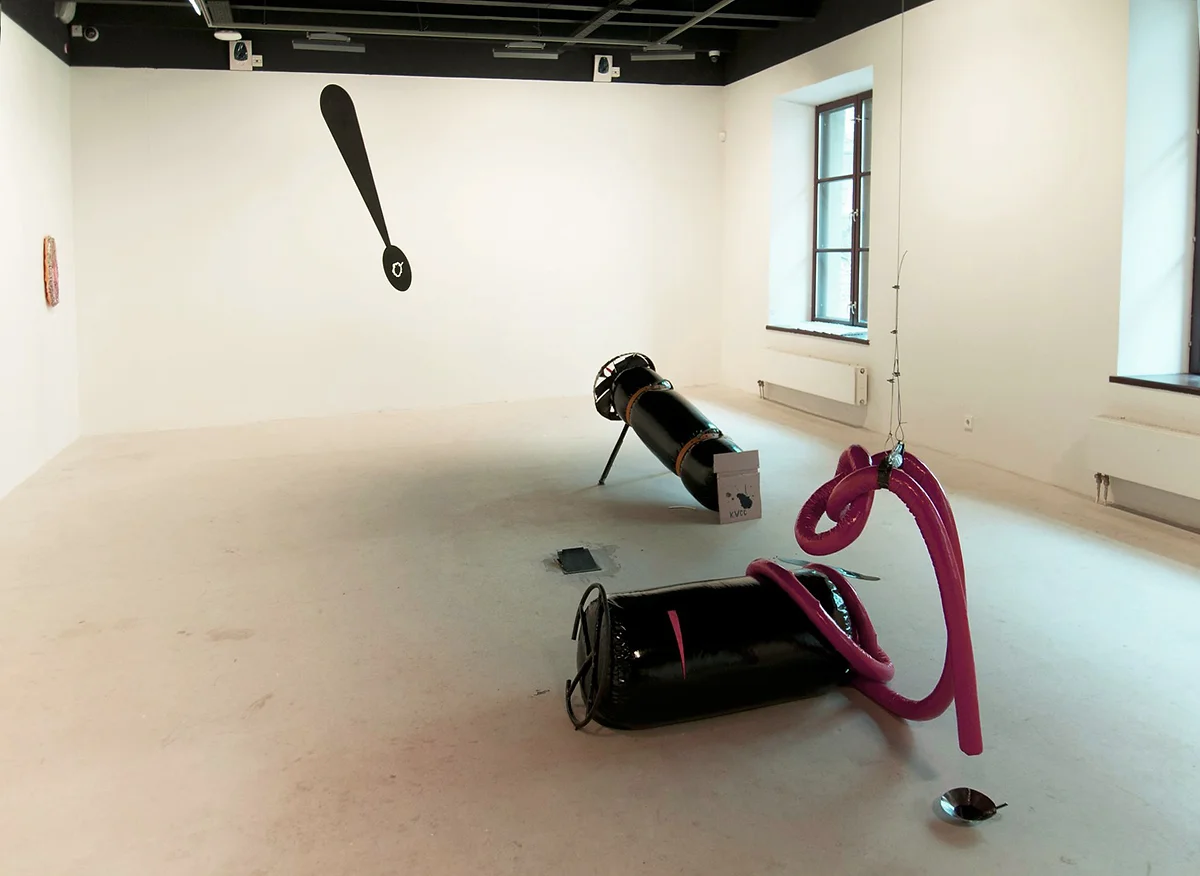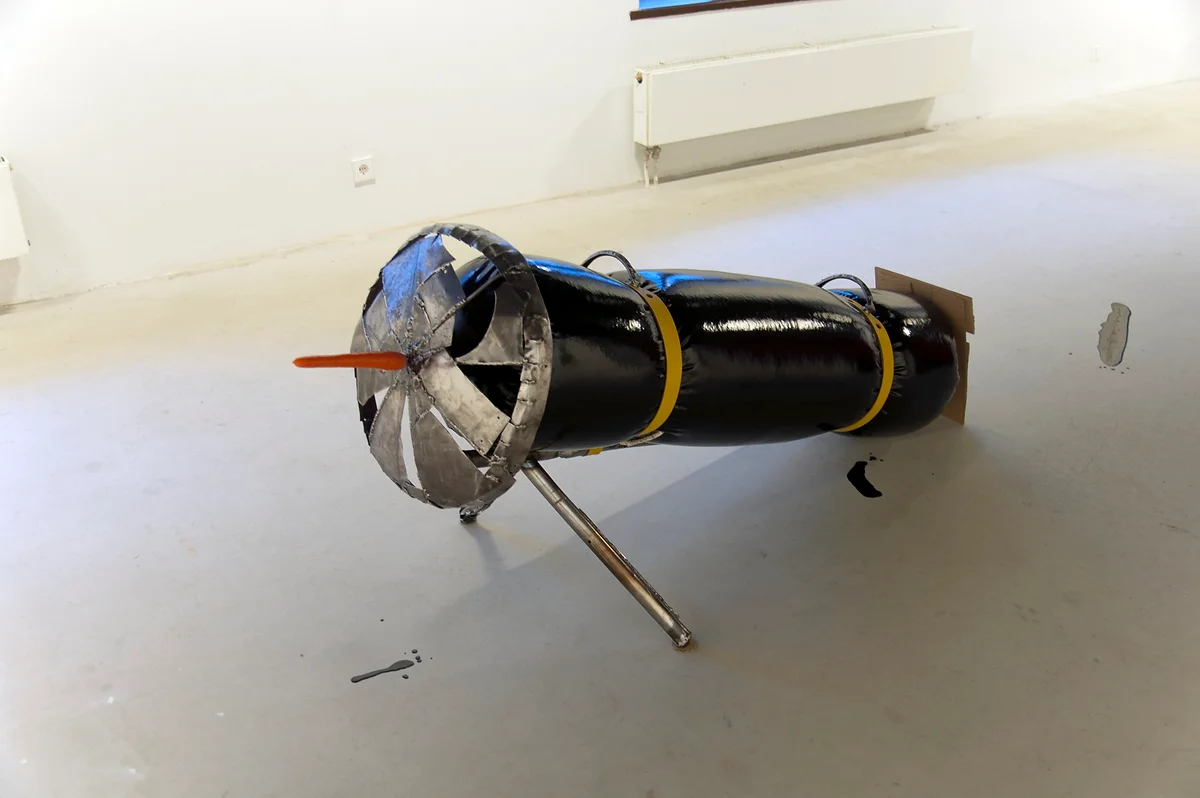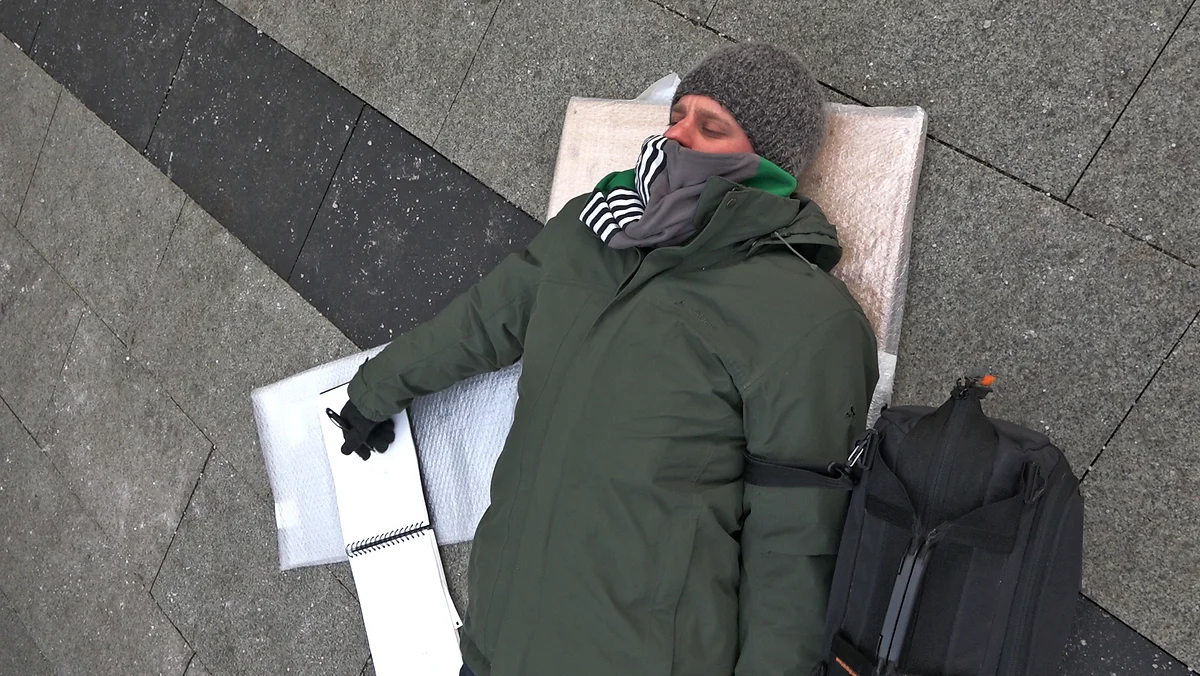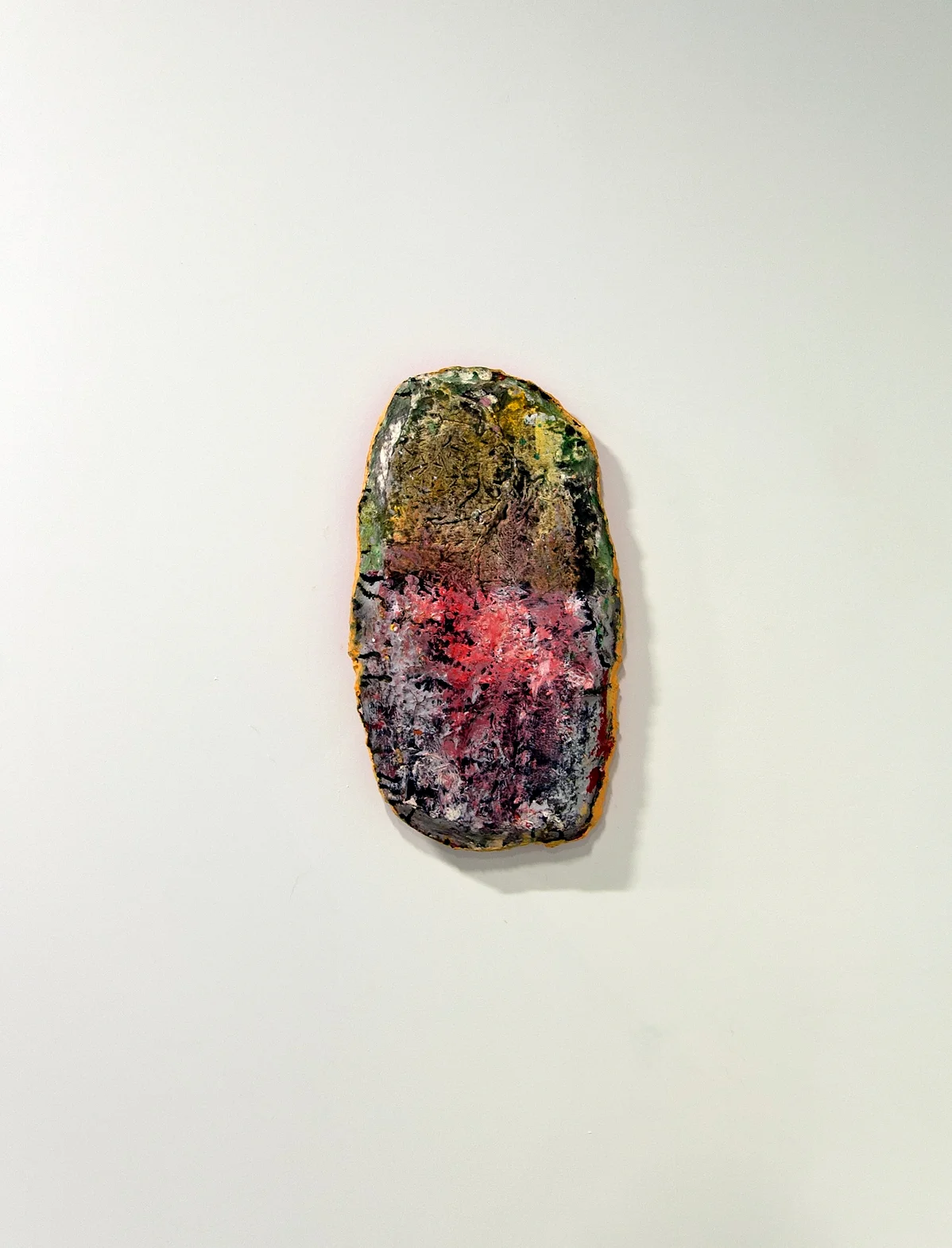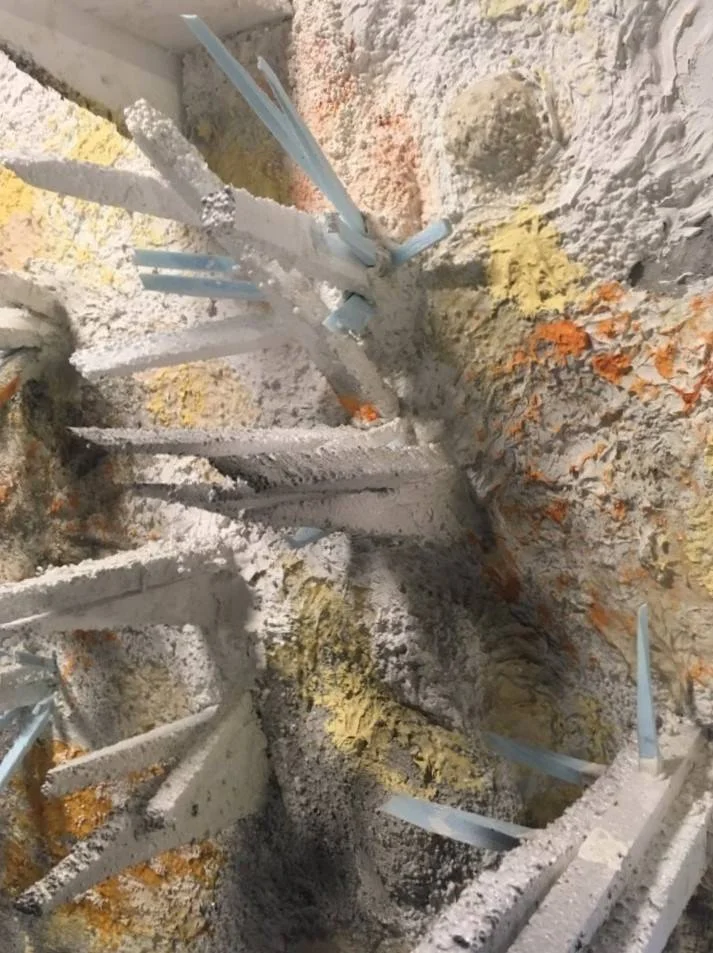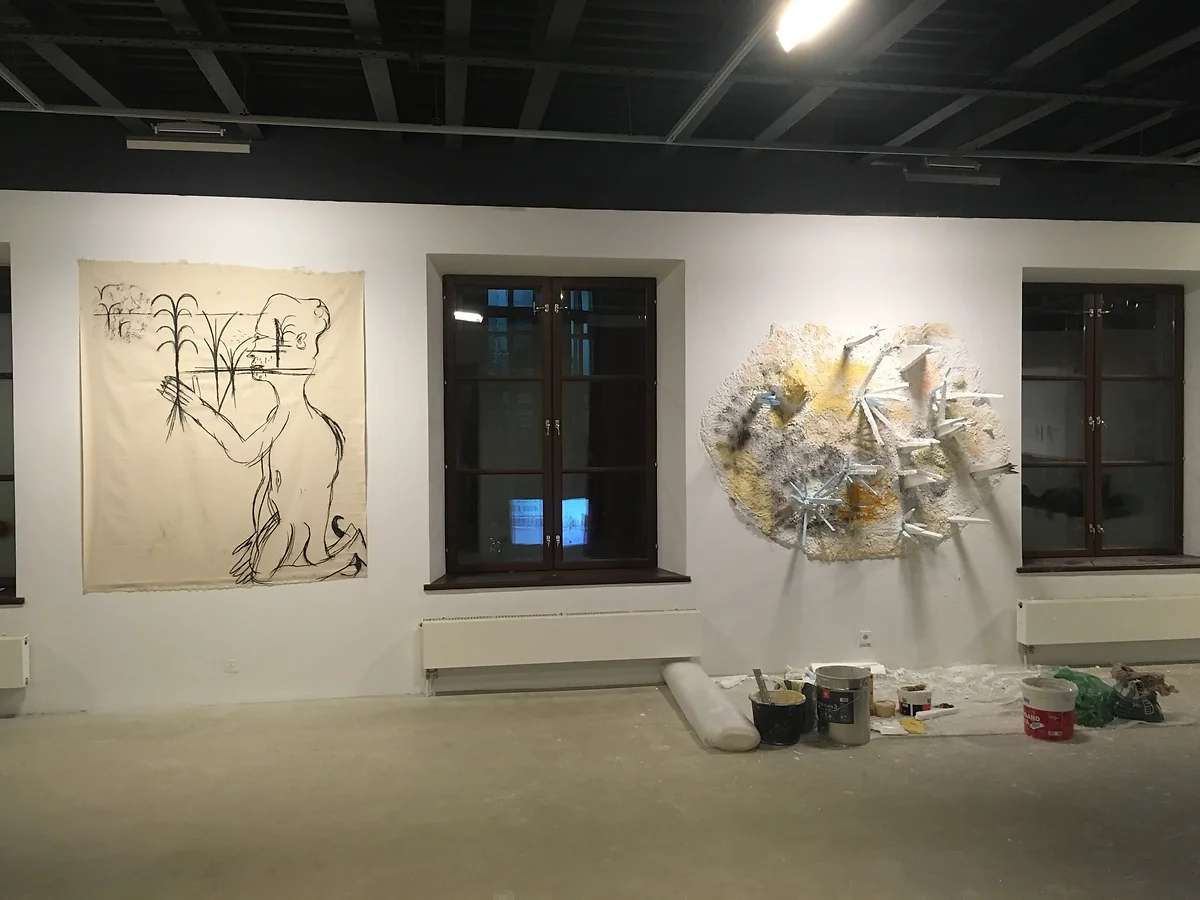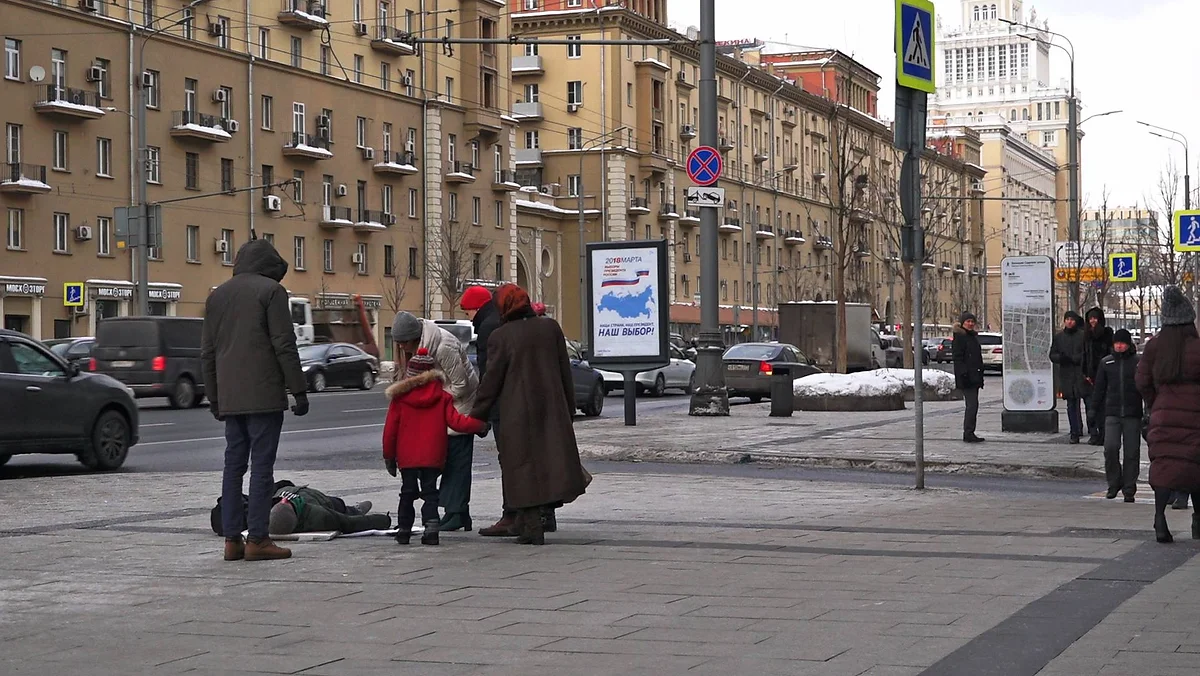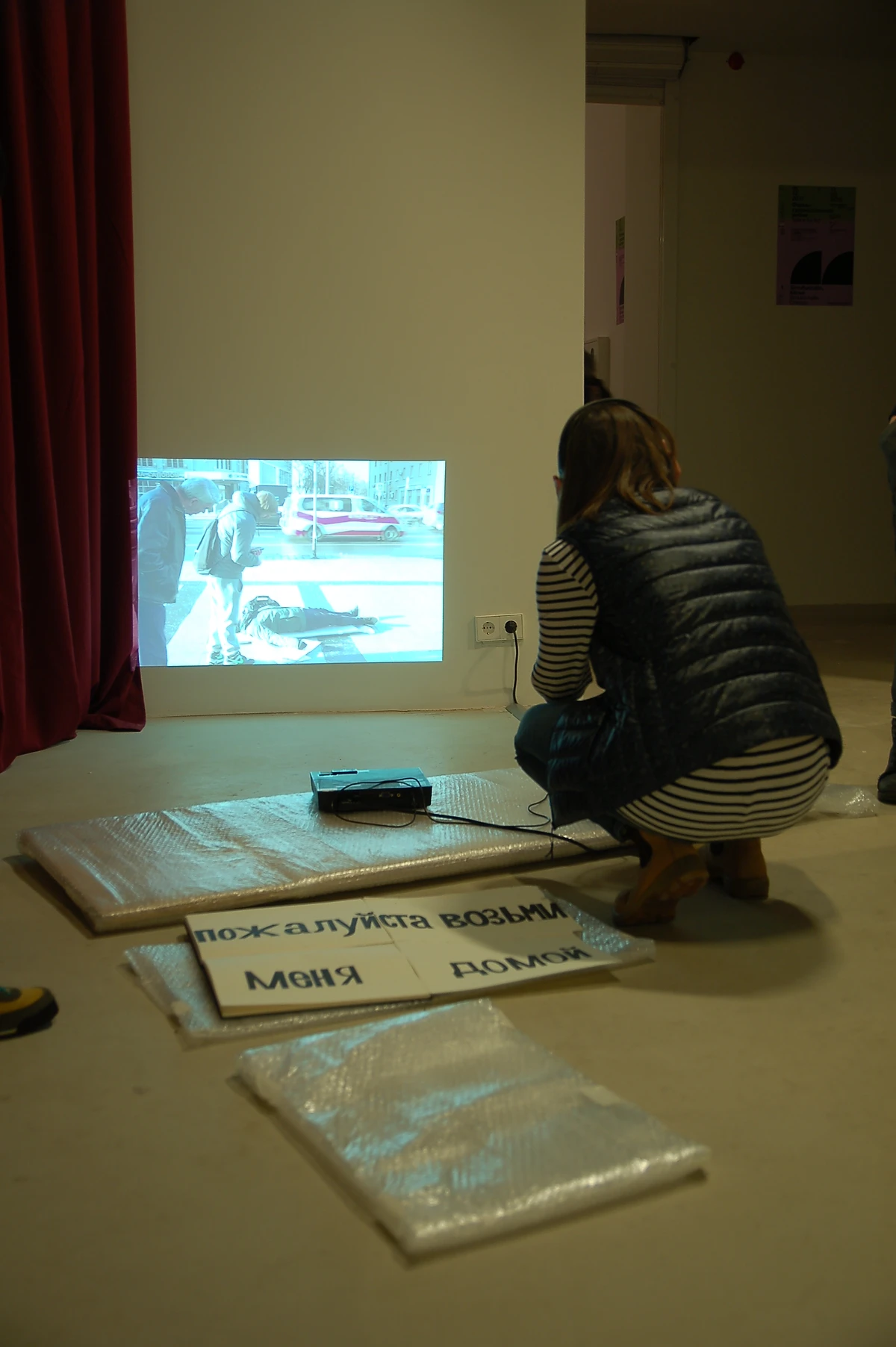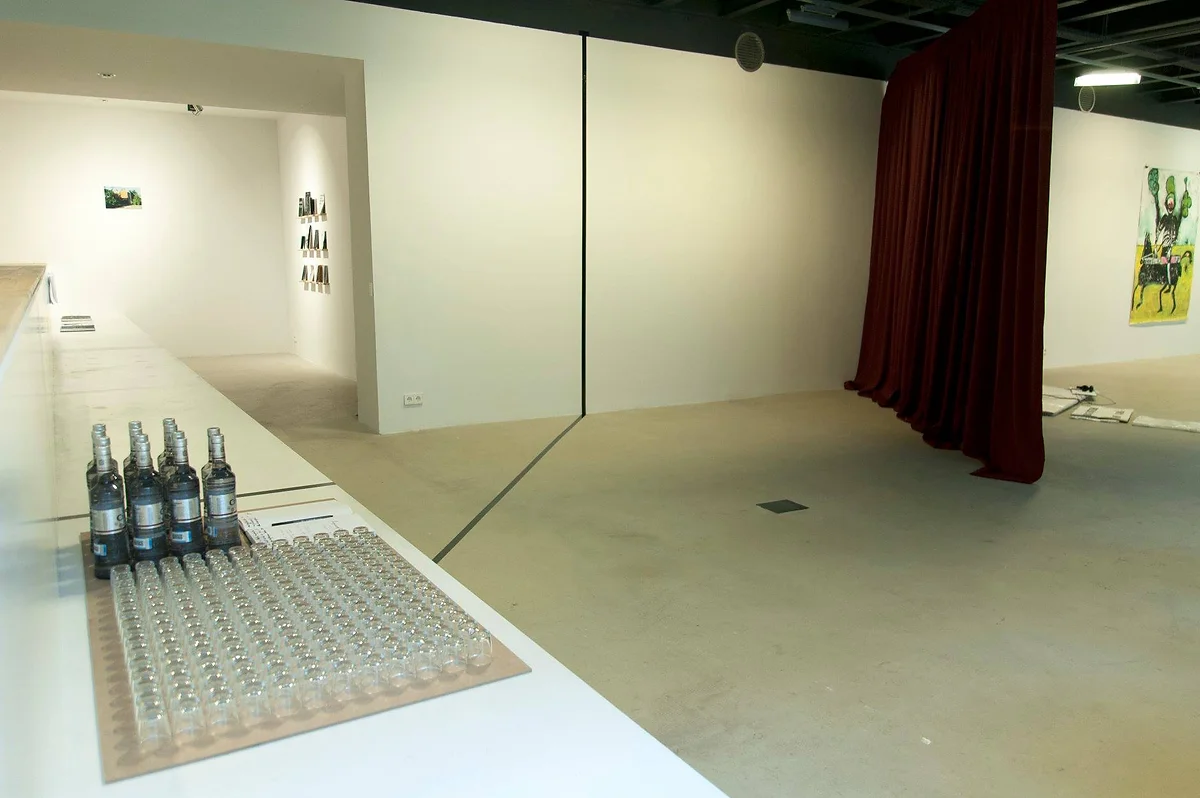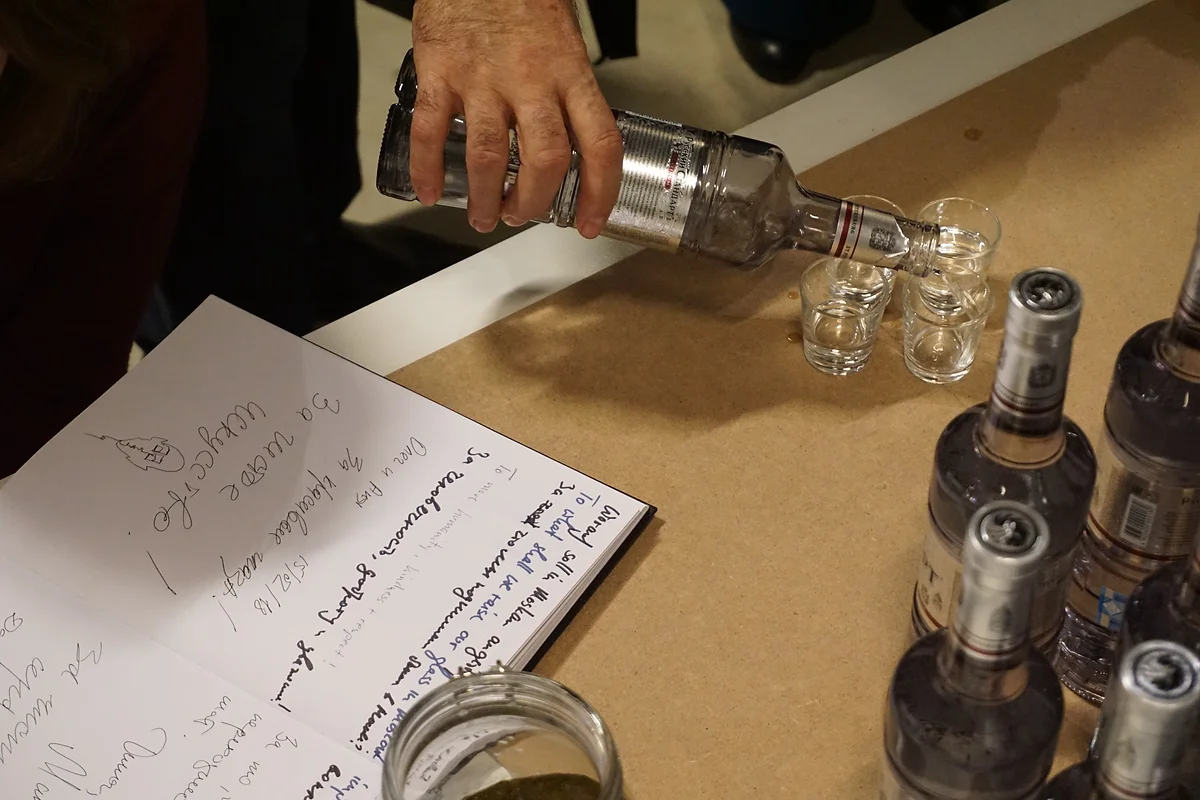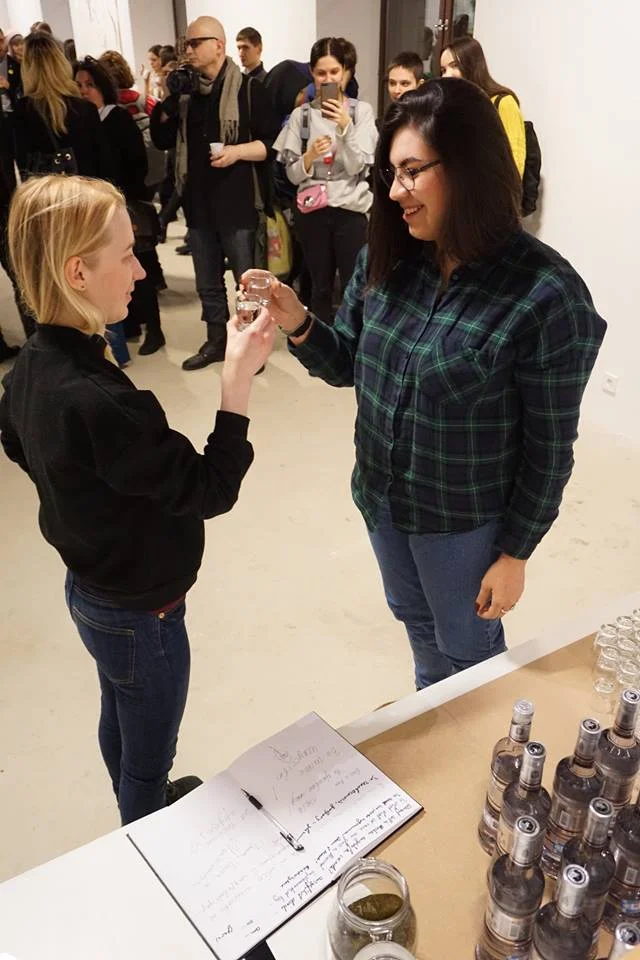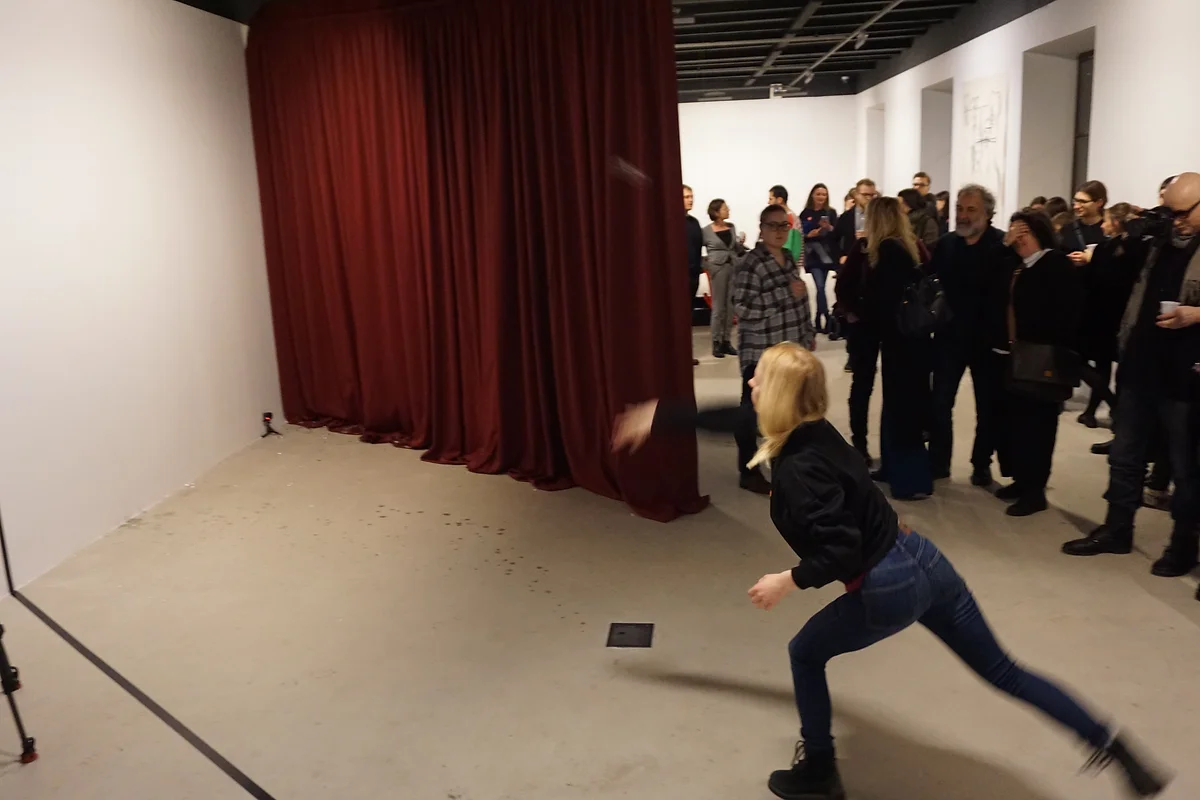15.02. – 11.03.2018
Performance art aesthetically reformulates the present in a way that often enables cross-pollination between distinct artistic disciplines. Despite being a time-based art, like theatre and dance, it is often pursued by artists with a background in the visual arts. For these artists, the practice of performance art opens up new ways of developing painterly and sculptural interests by other means. The distinction between time-based media—the arts of succession, like poetry and music—and the spatial arts, like painting and sculpture, goes back to Gotthold Ephraim Lessing’s 1766 text “Laocoon: an essay on the limits of painting and poetry.“ Though it didn’t take long before Voltaire also pointed out that poetry and painting also share a thing in common by saying that painting is a mute poetry and poetry is a speaking art of painting. One can recognize the recent culmination of these insights in the so-called performative and installative turns—a historical reconciliation of the performing arts with environments, installations, architecture, and objects. (1) The range of performance practices in the arts is wide: performance-concerts, social sculpture, lecture performances, scenic readings or performances in which the body is used as material. Nevertheless, they have shared historical roots in the performing arts of the 1960s, Alan Kaprow’s and John Cage’s Happenings, Dada and Fluxus, Viennese Actionism or Pollock’s Action Paintings, the first direct shift from the artistic object to the active body of the painter.
The third phase of the Simultanhalle’s exhibition is dedicated to four distinct approaches to performance art. The artists from Düsseldorf and Karlsruhe complement each other through diverse painterly, sculptural, or performance-based practices. Their works share an interest in interpersonal relationships and dialogue as well as the body and its staging. In addition to expressing thematic issues through direct action, the artists have also invested considerable attention in the objects left over from the performances: instruments that foster dialogue with the recipient or exhaust the body, props from the staging of a play, instructions, sculptures, and paintings with eczema-like surfaces and traces of physical abrasion. Throughout their different approaches, the artists also share references to Moscow’s local, aesthetic, urban, and socio-anthropological phenomena.
(1) Weibel, Peter: „Medien in der Matrix der Theatralität“. In: High Performance. Time Based Media Art Since 1996, Berlin 2014, pp. 9-11; Vollhardt, Friedrich (Ed.): Gotthold Ephraim Lessing. Laokoon oder Über die Grenzen der Malerei und Poesie. Studienausgabe, Stuttgart 2012, p. 8.
Location:
Moscow Museum of Modern Art
Ivan Geddert (*1986, Slawgorod, RUS)
In his works, Ivan Geddert examines different ways of staging the body, both his own and others’, across different artistic fields. Though many of his works are made to stand on their own, some of his sculptures and installations also feature as elements in performances, alongside speech, vocals, instrumental pieces, and theatrical sets. Often, these evoke the memory of props left over from previous actions. At the same time, Geddert’s writing deals with the acoustic and semantic potential of speech and the subsequent misunderstandings they create.
Sophie Innmann (*1986, Münchberg, DE)
Sophie Innmann’s practice is based on observations of human actions in everyday situations, such as sports or rituals, basketball games, motorbike races, or a toast amongst friends. She uses the concepts underlying these situations to transform them into experimental, participatory settings with open-ended outcomes. Not only the direct contact to the recipient, who becomes an actor, is of interest, but also the signs of physical abrasion, like stress marks and color traces which rest as paintings on the walls.
Alex Nowak (*1985, Dieburg, DE)
Alex Nowak’s paintings and sculptures stand as autarkic objects on their own. Nevertheless, traces of the artist’s working process emerge in the objects like the ghosts of past actions. The work’s rough surfaces and coloring speak of inflammations, poisoning, and the aliments the body grows out of. Their shapes often evoke flags, shields, signs, prehistoric objects, and other types of relics once used as signals.
Simon Pfeffel (*1985, Nürnberg, DE)
In Simon Pfeffel’s performances, he uses his body as his primary material. He often creates situations in public space, whose development and goals are not predictable in the beginning. Passers-by are attracted by irritation through instructions on signs and the demonstrative positioning of Simon’s body, that is protected from falling and thus failing by the viewer. In this way, he transfers the responsibility for the situation and the decisive power within it step by step onto the beholder, making them an agent.
Presse:
„Die Simultanhalle mit drei Ausstellungen zu Gast bei MMOMA Ermolaevsky, Moskau“
Goethe Institut
2019
pdf, link
